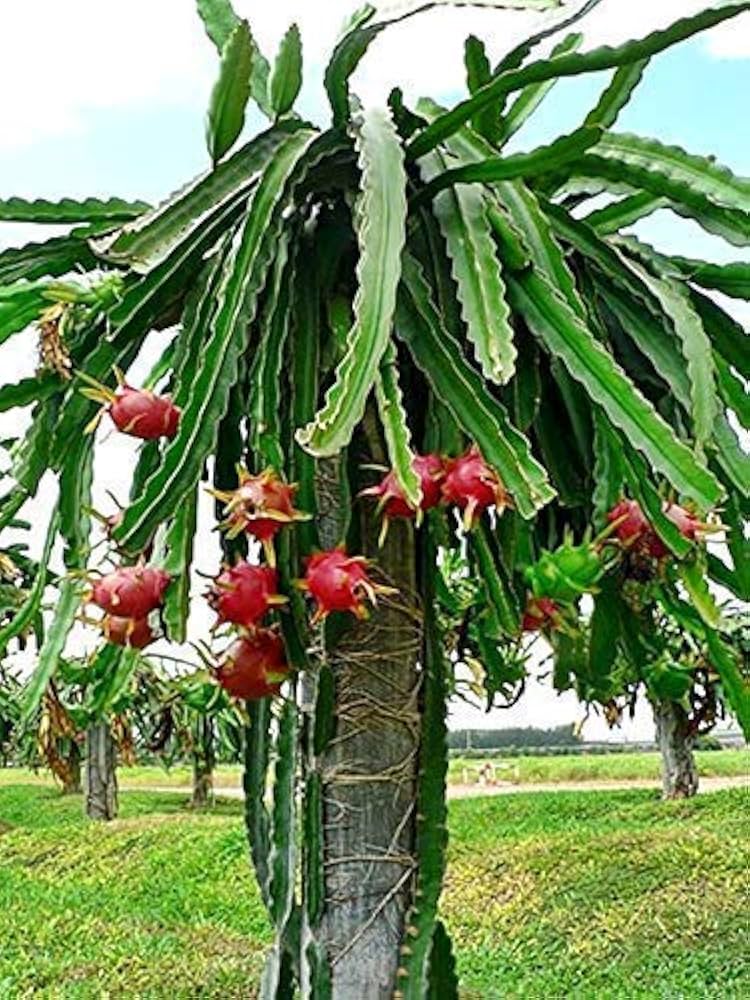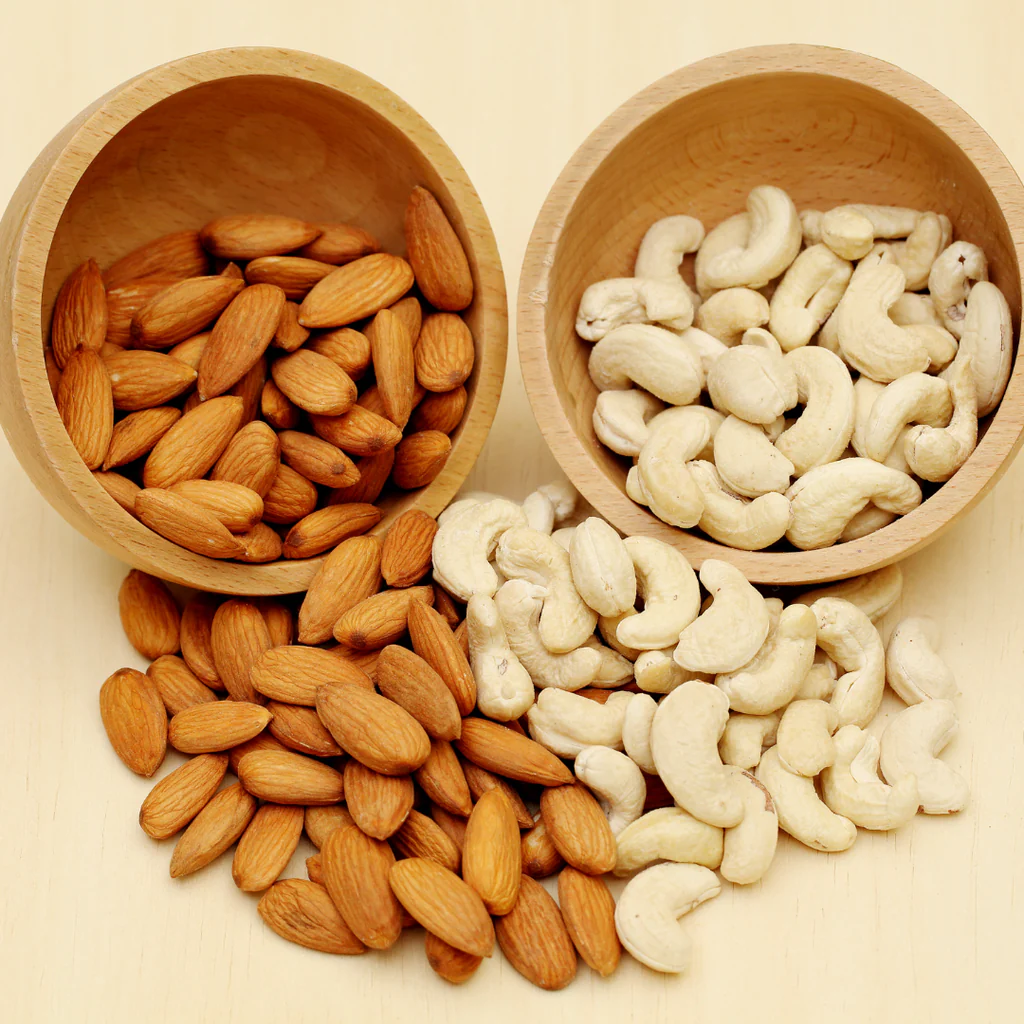If you’re on the hunt for a vibrant, nutrient-packed superfruit, look no further than dragon fruit. With its striking appearance and impressive health benefits, dragon fruit has become a popular choice in kitchens around the world. But what exactly makes this fruit so special? Let’s dive into the world of dragon fruit and explore its origins, benefits, and ways to enjoy it.
What Is Dragon Fruit?
Also known as pitaya, dragon fruit is the fruit of several cactus species, most commonly Hylocereus. Its exterior is bright pink or yellow with green scales that resemble a dragon’s skin—hence the name. Inside, dragon fruit has either white or red flesh speckled with tiny black seeds, offering a mild, sweet taste similar to a mix of kiwi and pear.
Native to Central America and Mexico, dragon fruit is now grown in tropical and subtropical regions worldwide, particularly in Southeast Asia. Its exotic look and health benefits have made it a hit in markets and smoothie bowls across the globe.
Health Benefits of Dragon Fruit
Dragon fruit is not just a treat for your eyes and taste buds; it’s also a powerhouse of nutrients. Here’s why adding dragon fruit to your diet can be a great idea:
- Rich in Antioxidants
Dragon fruit is packed with powerful antioxidants like vitamin C, betacyanins, and carotenoids. These compounds help fight free radicals, which are harmful molecules that can damage cells and accelerate aging. Regular consumption of antioxidant-rich foods can help reduce inflammation and lower the risk of chronic diseases. - Boosts Immune System
Thanks to its high vitamin C content, dragon fruit can give your immune system a boost, helping your body fend off infections and illnesses. One serving of dragon fruit provides nearly half of your daily recommended intake of vitamin C. - Supports Digestive Health
Dragon fruit is a great source of dietary fiber, promoting healthy digestion and preventing constipation. The seeds, in particular, are rich in fiber, which aids in keeping your digestive system moving smoothly. - Aids in Weight Management
Low in calories but high in fiber and water content, dragon fruit can help you feel full for longer, making it a great addition to a balanced diet for weight management. Its natural sweetness also satisfies sugar cravings without added calories. - Improves Heart Health
The omega-3 and omega-6 fatty acids found in the seeds of dragon fruit are heart-healthy fats that help reduce cholesterol levels. Additionally, its fiber content supports overall heart health by aiding in the regulation of cholesterol and blood pressure. - Hydrates and Nourishes the Skin
Due to its high water content, dragon fruit is excellent for hydration. Plus, the antioxidants and vitamins in the fruit support healthy, glowing skin and may help protect against sun damage.
How to Eat Dragon Fruit
Dragon fruit is as versatile as it is delicious. Here are a few ways you can enjoy it:
- Fresh and Raw: Simply cut the fruit in half and scoop out the flesh with a spoon. It’s perfect as a light snack or as a refreshing addition to a fruit salad.
- Smoothies: Add dragon fruit to your favorite smoothie recipes for a burst of color and nutrition. It pairs well with other tropical fruits like mango, pineapple, and banana.
- Smoothie Bowls: Blend dragon fruit into a thick smoothie base and top with granola, nuts, and fresh fruit for a vibrant and healthy smoothie bowl.
- Juice: Dragon fruit juice is refreshing on its own or mixed with other fruit juices. Its mild sweetness makes it a great base for healthy, hydrating drinks.
- Desserts: Dragon fruit can be used to create sorbets, popsicles, and even baked into cakes for a natural burst of color and flavor.
- Dragon Fruit Salsa: Dice dragon fruit and mix with ingredients like cucumber, cilantro, lime juice, and jalapeños to create a unique and refreshing salsa for fish or tacos.
Types of Dragon Fruit
There are a few different varieties of dragon fruit, each with its own slightly unique flavor and appearance:
- White-fleshed dragon fruit (Hylocereus undatus) has a mild, subtly sweet taste and is the most commonly found variety.
- Red-fleshed dragon fruit (Hylocereus costaricensis) has a more intense, sweet flavor and vibrant magenta flesh.
- Yellow dragon fruit (Hylocereus megalanthus) has yellow skin with white flesh and is considered the sweetest variety of all.
How to Choose and Store Dragon Fruit
When selecting dragon fruit, look for a fruit that is bright in color with smooth skin. A slight give when pressed indicates ripeness. Avoid fruit with too many dark spots or overly dry, shriveled leaves, as these may indicate it’s overripe.
To store, keep your dragon fruit at room temperature if you plan to eat it soon, or refrigerate it to keep it fresh for a few extra days. Once cut, wrap the fruit tightly and store it in the fridge to preserve its freshness.
Final Thoughts
Dragon fruit is not only a feast for the eyes but also a nutritional powerhouse that offers numerous health benefits. Its unique taste and versatility make it easy to incorporate into your diet, whether you enjoy it fresh, in smoothies, or as a creative ingredient in dishes.
Next time you’re at the Belhanout store, pick up a dragon fruit and experience the many benefits this exotic superfruit has to offer!



